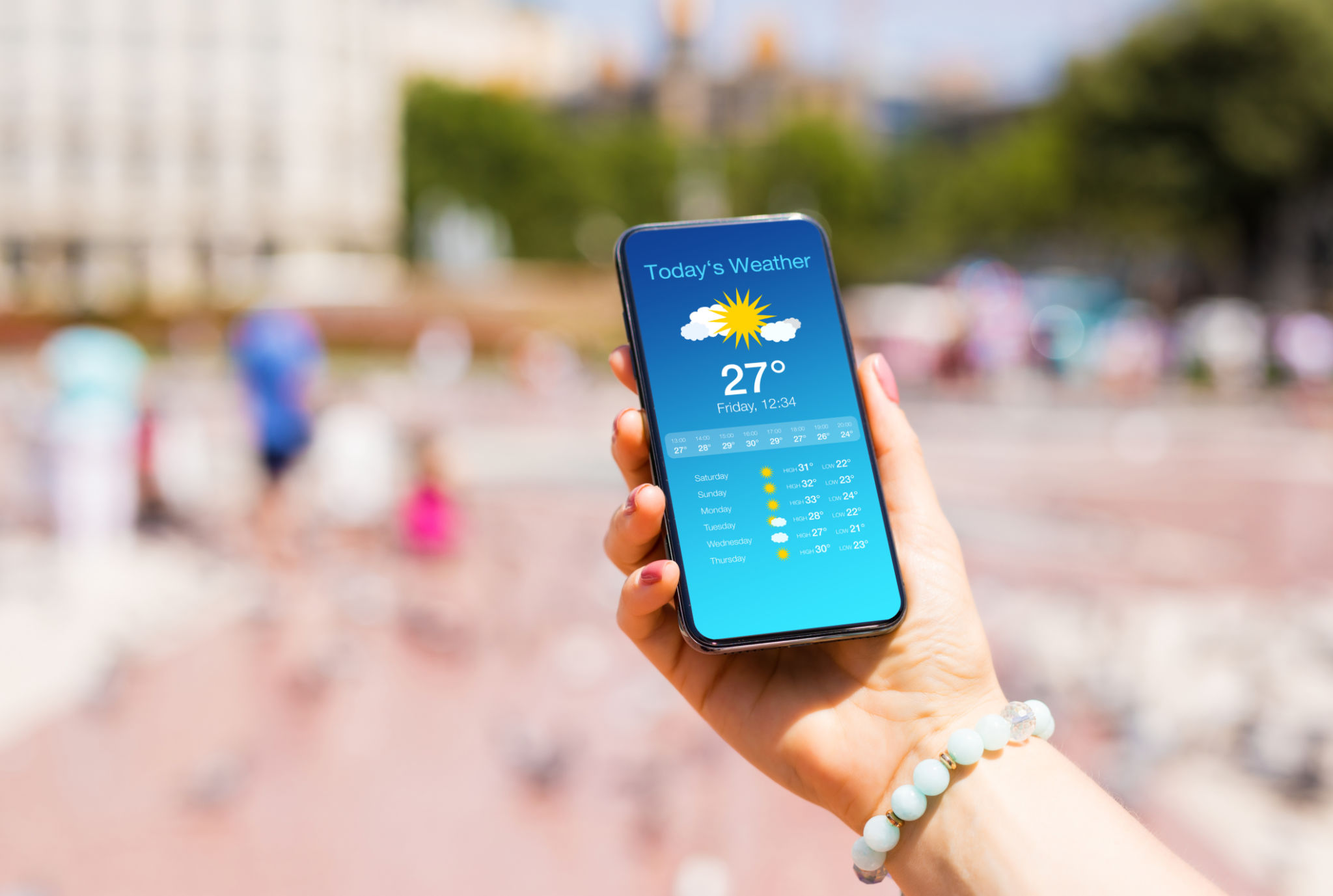The Role of Maricopa County's Climate in Migraine Triggers and Relief
Understanding Migraine Triggers in Maricopa County
Maricopa County, known for its expansive desert landscapes and vibrant cities, also possesses a unique climate that can significantly influence the frequency and severity of migraines. For residents and visitors alike, understanding how the local weather conditions may serve as triggers is crucial for effective migraine management.
The county experiences an arid climate, characterized by hot summers and mild winters. These temperature fluctuations can be a contributing factor to migraines. Studies suggest that changes in weather, particularly barometric pressure, can trigger headaches in susceptible individuals.

The Impact of Heat and Humidity
High temperatures, often exceeding 100°F during the summer months, are a common feature in Maricopa County. These extreme heat conditions can lead to dehydration, which is a well-known trigger for migraines. Staying hydrated is essential for individuals prone to headaches, especially during the scorching summer months.
Humidity levels, though generally low in the region, can also play a role. When humidity does rise, it can contribute to the onset of migraines by creating an oppressive environment that makes it difficult for the body to cool down effectively.
Relief Strategies in the Desert Climate
Despite the challenges posed by the climate, there are several strategies that migraine sufferers can adopt to minimize their risk. One of the most effective methods is to remain indoors during peak heat hours, typically between midday and late afternoon. Utilizing air conditioning can help maintain a stable indoor environment, reducing exposure to temperature fluctuations.

Another key strategy is to maintain adequate hydration. Drinking water regularly throughout the day can help prevent dehydration-related headaches. Additionally, wearing lightweight clothing and using sun protection can mitigate the effects of the sun’s intensity.
Monitoring Weather Patterns
Keeping an eye on local weather forecasts can be beneficial for anticipating potential migraine triggers. Many weather apps now offer features that alert users to changes in barometric pressure or heatwaves, providing an opportunity to take preventative measures.
Migraine sufferers may also find it helpful to keep a headache diary, noting any patterns related to weather changes. This practice can provide insights into personal triggers and aid healthcare providers in developing tailored treatment plans.

Seeking Professional Guidance
If migraines persist despite these strategies, consulting with a healthcare professional is advisable. They can offer personalized advice and may recommend medications or therapies designed to alleviate symptoms and reduce the frequency of attacks.
Maricopa County’s climate presents unique challenges for those prone to migraines, but with careful management and awareness of environmental triggers, individuals can find relief and enjoy all that this beautiful region has to offer.
